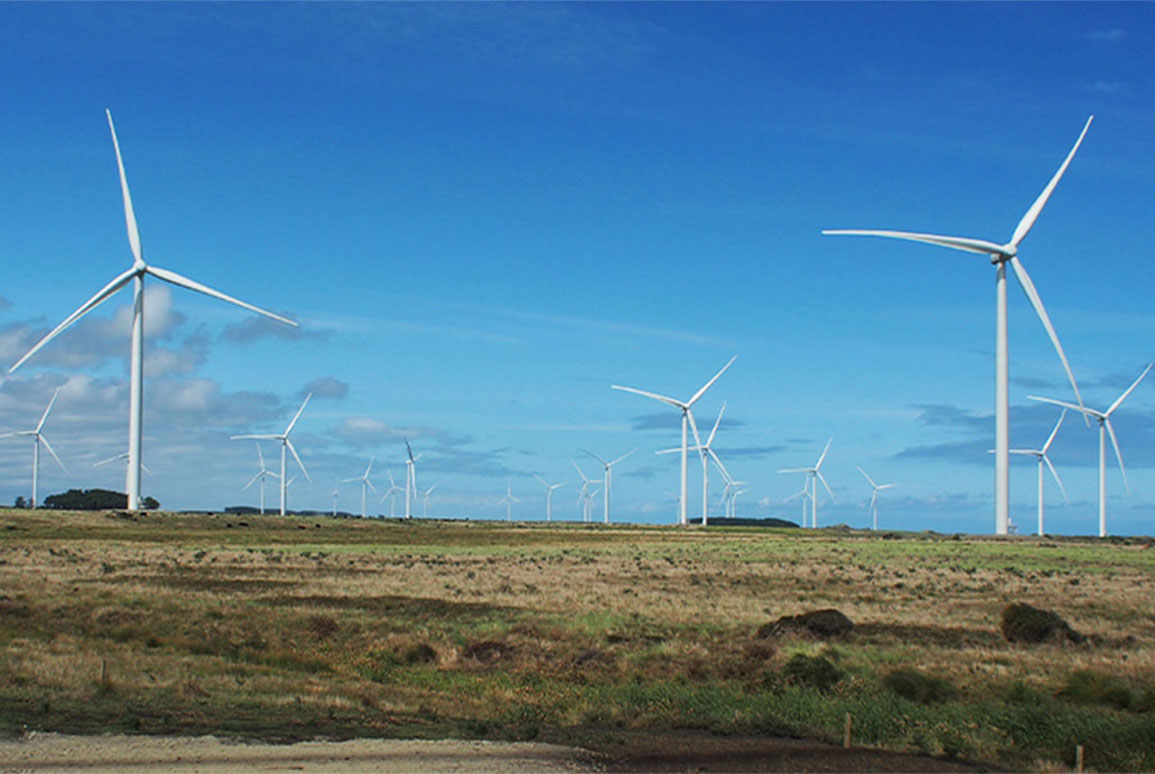Spatial Planning for New Zealand’s renewable energy future
20 April 2021
Identifying areas for future renewables development must take into account renewable energy sites and their connection to the wider electricity network, as well as consideration of landscape values.

The Climate Change Commission’s draft plan, released in January, requires rapid expansion of wind and solar power generation in the coming decade to meet electricity demand, as New Zealand’s energy needs increase, and decarbonisation requires that electric vehicles become more widely adopted. To meet the draft plan projections, it is estimated that 13 additional large wind farms are needed by 2035. Solar energy is also expected to expand dramatically, with more commercial scale solar farms expected to form part of the country’s energy mix.
Currently, the Renewable Energy NPS Policy E1 states that Regional Policy Statements, Regional and District Plans must provide for the development, operation, maintenance and upgrading of new and existing renewable electricity generation activities. In line with this, Regional and District Plans must now contain objectives and policies which respond to this requirement. The reform of the Resource Management Act is set to go further than this, with the Randerson Report identifying that suitable locations for renewable energy generation should form a national priority as part of spatial planning.
How can spatial planning assist New Zealand’s future renewable energy requirements?
Spatial planning for renewable energy on a national scale has so far received limited attention in New Zealand. Internationally, experience has shown that a methodology for identifying areas for future renewables development must be based on criteria that take into account renewable energy sites and their connection to the wider electricity network, as well as consideration of landscape values, identified through the process of landscape characterisation.
Landscape characterisation identifies and describes the combination of elements and features which give a landscape its distinct character, and could be used, along with other considerations, as a tool identify suitable sites for wind and solar farms. Landscape characterisation can provide a baseline against which future landscape change can be monitored and can be used to assess development potential, by identifying appropriate areas for managed development/growth.
Landscape characterisation in New Zealand has been applied to varying degrees, more typically to inform evaluation of Outstanding Natural Landscapes and Outstanding Natural Features or as part of defining the natural character of the coastline. Establishing landscape characterisation at a national level would help identify and describe landscape values throughout the country and identify areas with capacity to accommodate change. This would also have repercussions for developments wider than just the energy sector. Knowledge from iwi will play an important role in defining how values and attributes are ascribed to the landscape.
The proposed Spatial Planning Act and Natural and Built Environments Act are poised to create change within our landscapes, but how this change is implemented and with what ease may depend upon the strength of the analysis and evidence base which is established to justify it.
Find out more
Be Bold: Spatial Planning for the 21st Century
For further information please contact Emma McRae or Rhys Girvan

